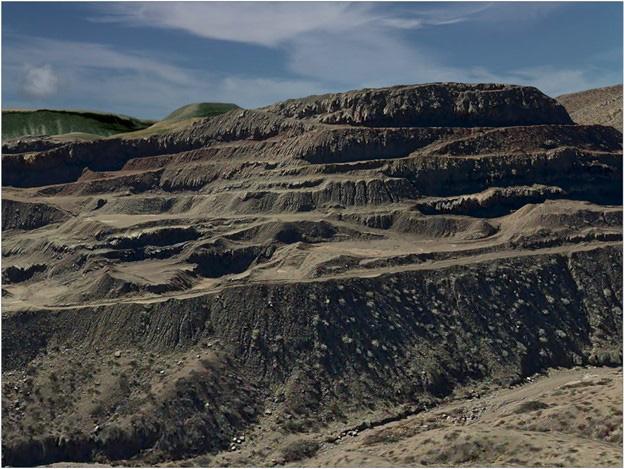BLM Las Cruces District announces blasting at Community Pit #1
Organization:
BLM Office:
Media Contact:
LAS CRUCES, N.M. — Due to public safety risks, the Bureau of Land Management (BLM) Las Cruces District Office embarked on a safety reclamation project for the area known as Community Pit #1. The community pit has been closed for the past several years to all public entry. Contractors and heavy equipment recently arrived on site to begin the initial stages of the project.
On or about Dec. 13, the first set of explosive charges will be set off to trigger the first of many controlled implosions to bring down the 150-foot-high rock walls. The public is reminded to stay away from the immediate area for their safety. The project is expected to last well into the late summer of 2024 with periodic small implosions occurring weekly until the rubble is brought down to a manageable level.
Public land surrounding the closed area, including the Prehistoric Trackways National Monument, will remain open for public access.
"This safety reclamation project is designed to minimize the physical safety hazards associated with remediation of the unstable 150-foot-high walls," said Las Cruces District Manager Scott Cooke. "Public safety during this project is our number one priority. During initial blasting activities, access to Prehistoric Trackways National Monument will be temporarily closed to the public and the roads and trails surrounding the community pit project area may have periodic limitations on access as remediation and reclamation occurs upslope."
For additional information, please contact the BLM Las Cruces District Office at 575-525-4300.
The BLM manages about 245 million acres of public land located primarily in 12 western states, including Alaska, on behalf of the American people. The BLM also administers 700 million acres of sub-surface mineral estate throughout the nation. Our mission is to sustain the health, diversity, and productivity of America’s public lands for the use and enjoyment of present and future generations.

